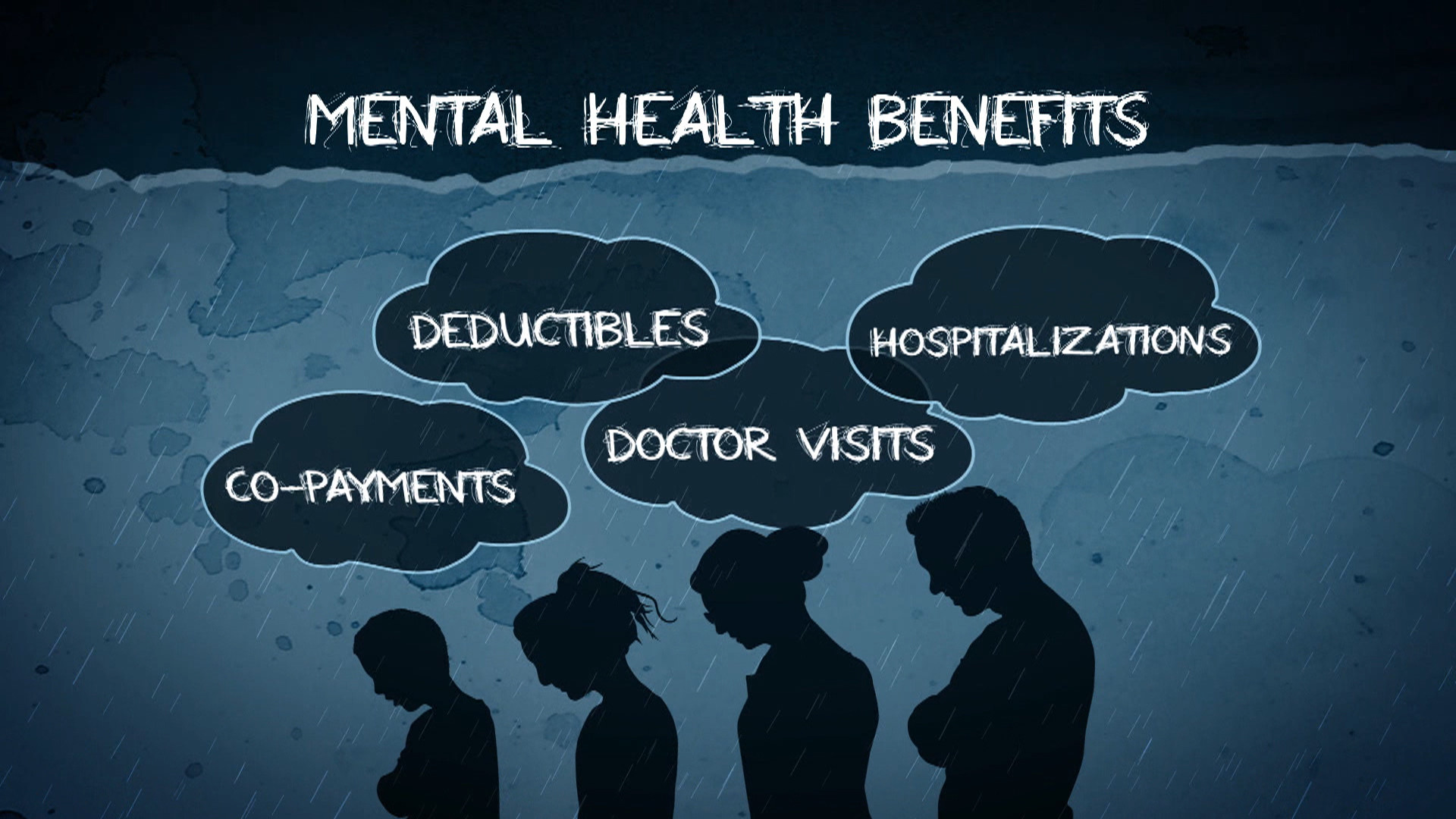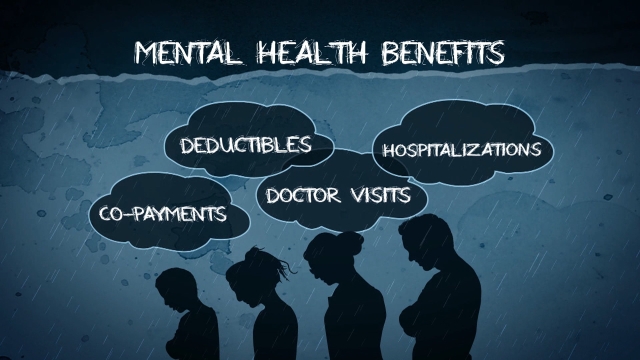Mental health has long been a topic shrouded in stigma and misconceptions. However, in recent years, society has started to recognize the importance of addressing mental health and providing support to those in need. In this digital age, where information is easily accessible and connections can be made with just a few clicks, it's crucial that we embrace a new era of understanding and acceptance when it comes to mental health.
One group particularly affected by mental health challenges is teenagers. Adolescence can be a turbulent time, filled with hormonal changes, social pressures, and academic stress. It's no wonder that many teens struggle with their mental well-being, oftentimes feeling overwhelmed or isolated. To ensure their emotional needs are met, it's essential that we provide them with the necessary resources and support systems.
This guide aims to help both teenagers and their families navigate the complex world of teen mental health therapy. From identifying the signs of mental health struggles to finding the right therapy option, we'll offer practical advice and tips to make this journey a little less daunting. Together, let's break the stigma surrounding mental health and create a future where everyone can openly embrace their emotional well-being.
Understanding Teen Mental Health
Teen mental health is a topic that requires careful consideration and attention. Adolescence is a crucial period in a person's life, marked by significant physical, emotional, and psychological changes. It is during this time that teenagers often struggle with unique challenges that can impact their mental well-being.

One of the key factors in understanding teen mental health is acknowledging the influence of hormonal changes. The hormonal fluctuations that occur during adolescence can contribute to mood swings, irritability, and heightened emotions. These changes, combined with the pressures of academic performance, social relationships, and self-identity, can significantly impact a teenager's mental state.
Furthermore, it is important to recognize that mental health issues in teenagers are not a sign of weakness or a personal flaw. Adolescents may experience conditions such as anxiety disorders, depression, or eating disorders, which can be influenced by a combination of genetic, environmental, and social factors. Supporting teenagers by providing access to appropriate resources and therapy is crucial in helping them navigate these challenges.
In light of the unique mental health needs of teenagers, therapy can be an effective tool in providing support and guidance. Teen mental health therapy serves as a safe space for adolescents to discuss and explore their feelings and emotions with a trained professional. By offering a non-judgmental environment, therapy can help teenagers develop coping mechanisms, build resilience, and work through their concerns, ultimately promoting their overall well-being.
Understanding and prioritizing teen mental health is essential for creating a supportive environment where young individuals can thrive. By recognizing the challenges they face and providing the necessary resources, we can break the stigma surrounding mental health and empower teenagers to embrace a healthier, happier future.
Boise Teen Therapy
Exploring Therapy Options
In the journey towards better mental health, exploring therapy options can play a crucial role. When it comes to teen mental health, finding the right therapy approach is essential. Let's take a closer look at three therapy options that can support and guide teenagers on their path to well-being.
Individual Therapy: Individual therapy offers a safe and confidential space for teens to express their thoughts, emotions, and concerns. A qualified mental health professional works closely with the teenager, helping them understand their feelings and develop coping strategies. Through one-on-one sessions, individual therapy can address a wide range of mental health issues and foster personal growth.
Family Therapy: Family therapy recognizes the interconnectedness of family dynamics and its impact on a teenager's mental health. This approach involves working with the entire family unit to identify and address challenges collectively. By improving communication, resolving conflicts, and strengthening relationships, family therapy can create a supportive environment for the teen. It can also provide a space to explore patterns, expectations, and shared experiences within the family system.
Group Therapy: Group therapy brings together a small group of individuals facing similar challenges. In a carefully facilitated setting, teenagers can connect with peers who may share similar experiences. Engaging in group discussions and activities allows participants to gain insights, develop empathy, and build social skills. Group therapy provides a sense of belonging and promotes personal growth within a supportive community.
When it comes to teen mental health, the therapy path may vary depending on individual circumstances. It's important to consult with mental health professionals to determine the most suitable approach. By embracing therapy options tailored to the needs of teenagers, we can assist them in navigating the complexities of mental health and empower them to lead fulfilling lives.
Promoting Mental Health Awareness
In order to break the stigma surrounding mental health, it is crucial that we actively promote awareness and understanding. This can be achieved through various means, such as education, open conversations, and accessible resources.
Firstly, education plays a vital role in promoting mental health awareness. By incorporating mental health education into school curriculums, we can ensure that young people are equipped with the knowledge and tools to understand and cope with their own mental health challenges. Additionally, educational programs for parents, teachers, and caregivers can help create a supportive network that is well-informed about mental health issues and can offer appropriate guidance.
Secondly, open conversations about mental health are essential for reducing the stigma associated with it. Encouraging individuals to speak openly about their experiences and emotions can help normalize the discussion around mental health. Through public forums, support groups, and social media platforms, we can provide safe spaces for individuals to share their stories and find comfort in knowing they are not alone.
Lastly, we must ensure that mental health resources are easily accessible to all. This includes providing affordable and convenient access to mental health services, such as therapy and counseling, particularly for teens. By increasing the availability of mental health resources in schools, communities, and online platforms, we can bridge the gap between those who need support and the resources that can provide it.
By actively promoting mental health awareness through education, open conversations, and accessible resources, we can work towards breaking the stigma surrounding mental health and creating a society that embraces and supports individuals on their mental health journey.

